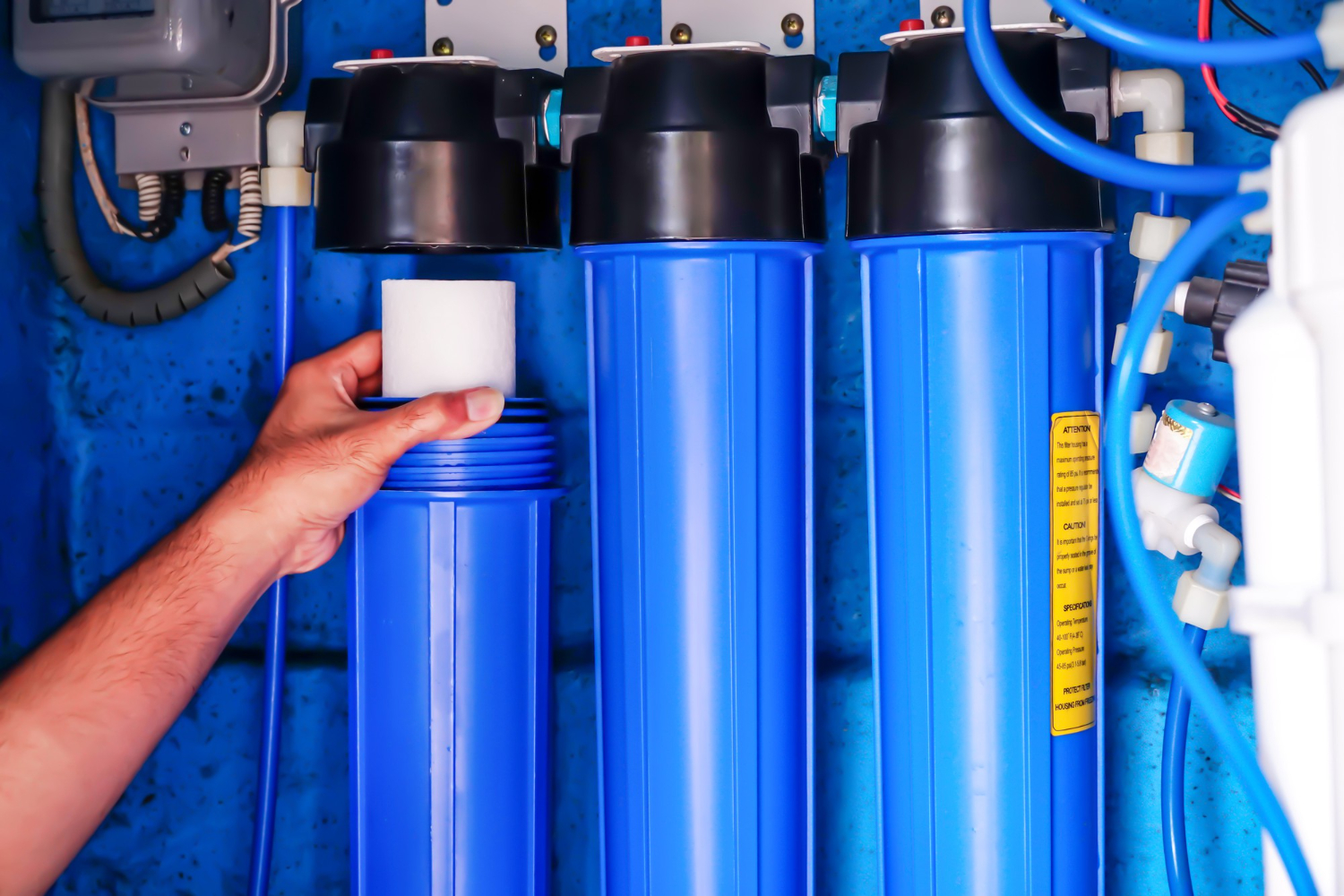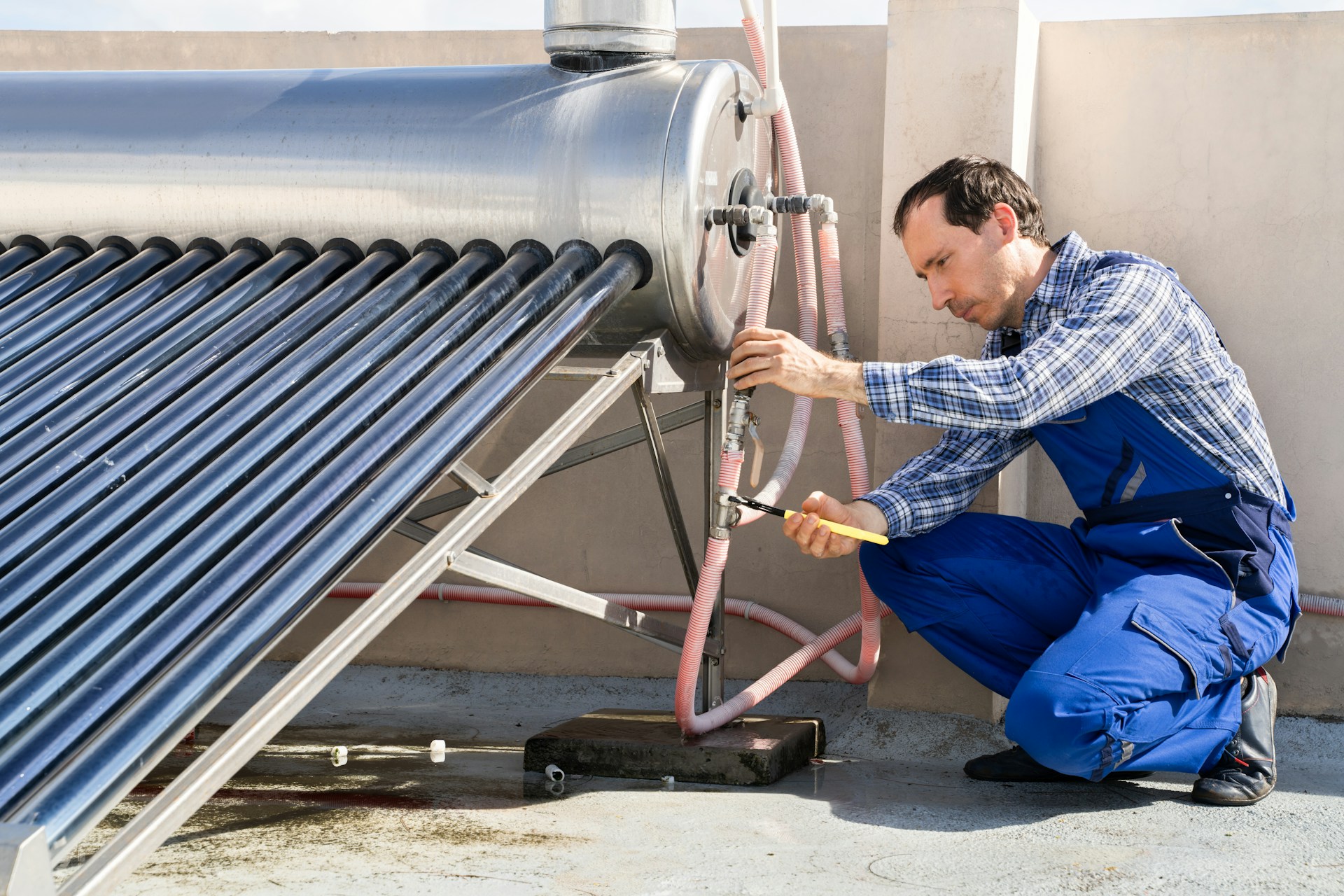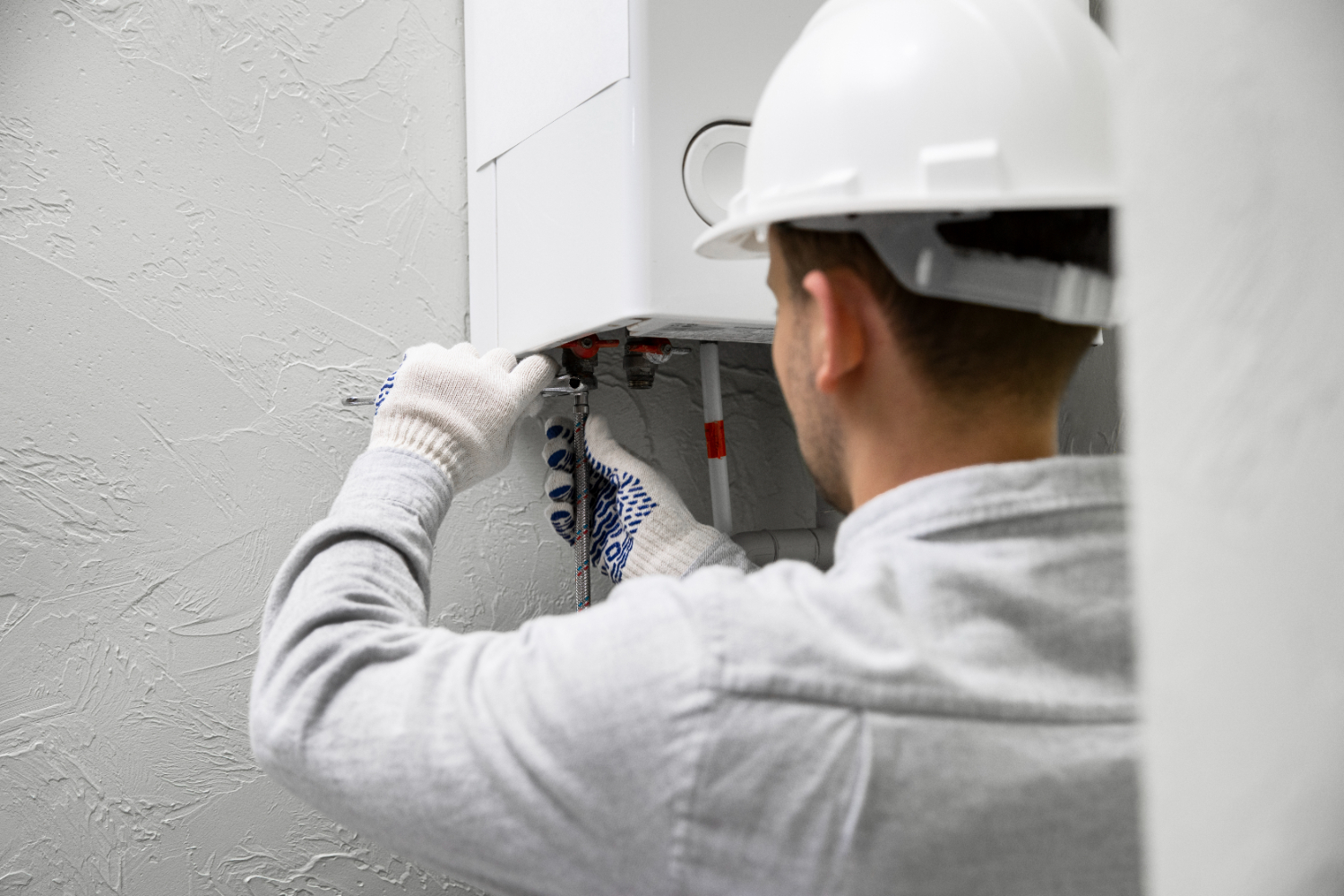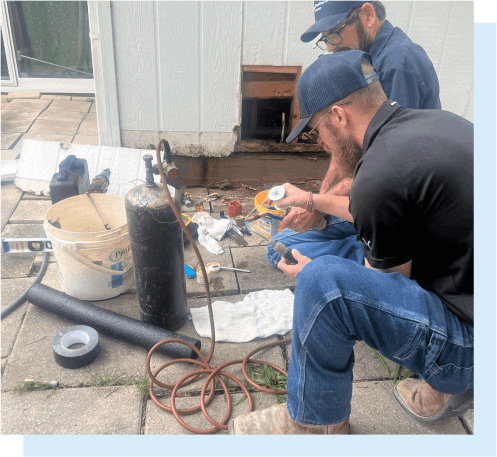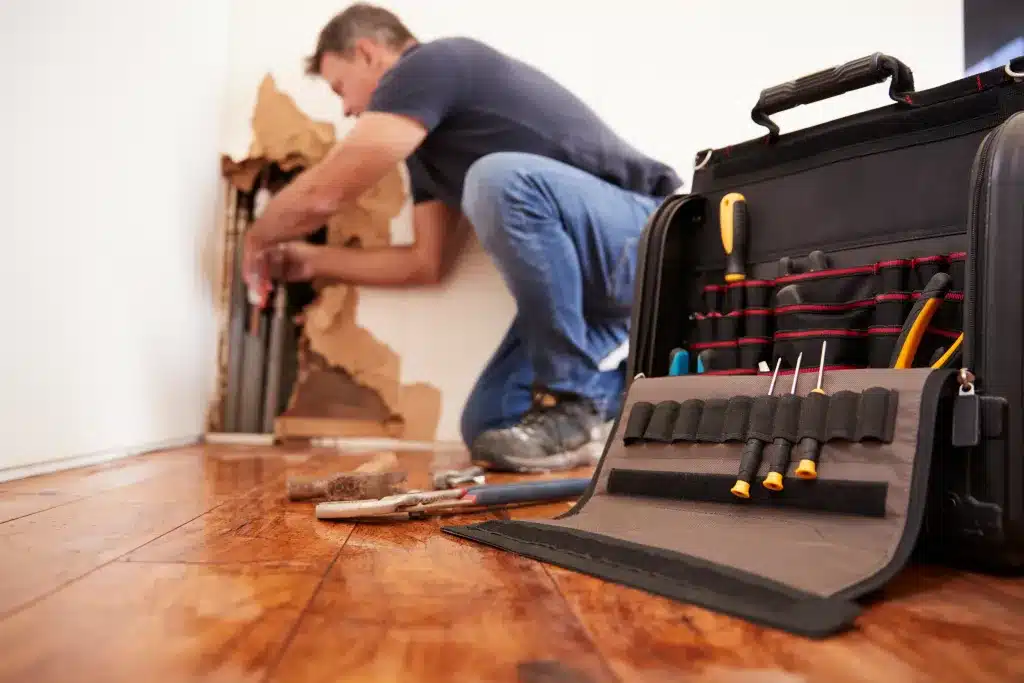
Detecting leaks in your home is essential for preventing water damage and costly repairs. While some leaks are easy to spot, others lurk behind walls or underground, making them harder to pinpoint. Professional plumbers have developed various methods to locate these hidden leaks efficiently. Understanding these methods can help homeowners recognize the importance of thorough leak detection and maintenance.
Water leaks can lead to significant issues if left unchecked, including mold growth, structural damage, and inflated water bills. Therefore, timely detection is crucial. By employing advanced tools and techniques, professionals can find leaks quickly and accurately, minimizing damage and repair costs. This article explores some top methods that professionals use for leak detection, giving you insight into how these effective techniques work.
Visual Inspection Techniques
Visual inspection is often the first step in detecting leaks. Professionals start by examining areas prone to leaks, such as under sinks, around toilets, and near water heaters. They look for visible signs like water stains, mold growth, or warped flooring, which can indicate a leak.
Additionally, checking the meter can reveal hidden leaks. By turning off all water outlets and observing the meter, any movement suggests a leak somewhere in the system. Professionals use their experience to identify less obvious signs, such as damp spots on walls or ceilings.
While visual inspection is straightforward, it requires a trained eye to notice minor details that untrained individuals might miss. This method helps narrow down the location of leaks before using more advanced tools for precise detection. Regular visual checks by homeowners can also help catch leaks early before they escalate into more severe problems.
Visual Inspection Techniques
Visual inspection techniques are the first approach professionals use to identify leaks. Professionals start by thoroughly examining areas of your home that are prone to leaks, such as under sinks, around toilets, and nearby water heaters. They look for visible indicators, like water stains on walls and floors, mold growth, peeling paint, and warped flooring. These signs often point to a leak that is causing moisture buildup.
Another useful technique is to check the water meter. By turning off all water-using appliances and faucets, we can observe the meter for any movement. If the meter continues to move, it indicates a leak somewhere in the home. This method is effective in identifying both major and minor leaks that may not be visible otherwise.
Professionals also pay attention to unusual sounds, such as dripping or hissing noises, which can suggest a hidden leak. By using a combination of these visual inspection techniques, we can accurately detect leaks that may go unnoticed by homeowners. Regularly performing these checks yourself can help catch leaks early and prevent more severe water damage.
Electronic Leak Detection Tools
Electronic leak detection tools are valuable for finding leaks that aren’t visible to the naked eye. One common tool is the moisture meter, which measures the moisture level in walls, floors, and ceilings. High readings indicate the presence of water, helping professionals locate the source of the leak.
Another effective electronic tool is the endoscopic camera. This small, flexible camera can be inserted into pipes and walls to provide a live feed of the area. It allows professionals to see inside hidden spaces without causing any damage to your home. This method is particularly useful for locating leaks in hard-to-reach places.
In addition, professionals often use ultrasonic leak detectors. These devices detect high-frequency sound waves produced by leaks, converting them into an audible signal or visual display. This tool is highly sensitive and can pinpoint even the smallest leaks, making it an essential part of the leak detection process.
By using these electronic tools, we can quickly and accurately identify the source of leaks and address them before they cause significant damage. Incorporating technology into leak detection ensures a thorough and efficient process, giving homeowners peace of mind.
Thermal Imaging for Leak Detection
Thermal imaging is another powerful method professionals use to detect leaks. This technology involves using thermal cameras to capture temperature variations in and around your home. Leaks often cause temperature differences due to the presence of water, which shows up on the thermal camera as hot or cold spots.
Thermal imaging is particularly useful for identifying hidden leaks within walls, floors, and ceilings. By scanning these areas, professionals can quickly locate the exact source of a leak without causing any damage. This non-invasive method saves time and money, making it an efficient choice for homeowners and professionals alike.
In addition to detecting water leaks, thermal imaging can also identify issues with insulation, electrical systems, and HVAC units. This makes it a versatile tool in maintaining the overall health of your home. With regular thermal inspections, we can catch and fix leaks before they lead to significant water damage or mold growth, ensuring your home remains safe and secure.
Acoustic Listening Devices
Acoustic listening devices are another effective tool for detecting leaks. These devices amplify the sound of water escaping from pipes, making it easier to locate the exact source of the leak. Professionals place the acoustic sensors on pipes or near suspected leak areas and listen for distinct sounds that indicate a leak.
One advantage of acoustic listening devices is their ability to detect leaks in buried pipes or slabs, where visual inspection and other methods might fall short. This technology can identify even the smallest leaks, preventing them from becoming more prominent and causing significant damage.
Experienced professionals use these devices along with their expertise to interpret the sounds correctly. They can differentiate between normal water flow and leak sounds, ensuring accurate detection. By using acoustic listening devices, we can quickly find and fix leaks, protecting your home from water damage and costly repairs.
Conclusion
Detecting leaks in your home is essential for preventing water damage and avoiding high repair costs. Professionals use a combination of techniques, including visual inspections, electronic tools, thermal imaging, and acoustic listening devices, to find leaks accurately and efficiently. Each method has its strengths, making them effective for locating leaks in different situations.
At George Plumbing Co., Inc., we specialize in using these advanced methods to ensure your home stays leak-free. If you suspect a leak or want to schedule a routine inspection, contact us today for expert assistance. Our team is dedicated to providing top-quality San Antonio plumbing services and keeping your home safe.
Don’t wait until a small leak turns into a big problem—reach out to George Plumbing Co., Inc. for all your plumbing needs.

